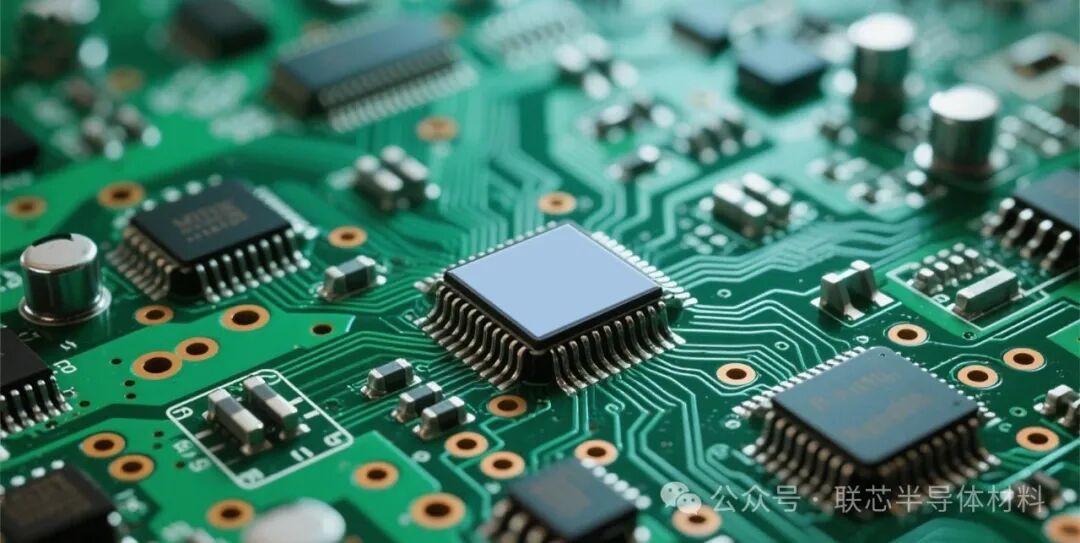
In the design and application of circuit boards (PCBs
), thermal interface materials (TIMs) are key components for solving heat dissipation issues. They are used to fill the gaps between heat-generating components and heat dissipation parts, reducing thermal resistance and improving heat dissipation efficiency. Below is a detailed introduction to commonly used thermal interface materials for circuit boards, along with their application scenarios and characteristics:
01
Thermal Paste
Composition: Composed of a silicone matrix and thermal fillers (such as aluminum oxide, boron nitride, etc.), it has a paste-like consistency.
Characteristics:
·High Thermal Conductivity: The thermal conductivity is typically between 1-5 W/m・K, with some high-performance products exceeding8 W/m・K.
·Good Wetting Properties: Can fill tiny gaps (as small as 10μm), conforming to the surfaces of chips and heat sinks.
·Non-Curing Properties: Does not harden over long-term use, but may degrade in performance due to evaporation, requiring regular maintenance.Application Scenarios:
·High-Precision Chips such as CPUs and GPUs: For example, on computer motherboards and server circuit boards, it is directly applied between the chip and the heat sink.
·Power Devices: Such as MOSFETs and IGBTs in power modules, reducing contact thermal resistance.Notes: The application amount must be evenly thin to avoid overflow that could contaminate the circuit board.
02
Thermal Pad
Composition: Silicone rubber matrix + thermal fillers, made into sheet form, can have self-adhesive properties.
Characteristics:
·Soft and Compressible: Thickness range of 0.5-5mm, adapts to irregular surfaces and resists vibration.
·Good Insulation: Suitable for electrical isolation needs, with breakdown voltage typically >5kV.
·Thermal Conductivity: 2-6 W/m・K, with some high thermal conductivity products reaching 8-10 W/m・K.Application Scenarios:
·Large Scale Integrated Circuits: Such as between FPGA, ASIC chips and metal shields or heat sinks.
·Consumer Electronics: Heat dissipation for processors and charging chips on mobile phones and laptop motherboards.
·Automotive Electronics: Heat dissipation for power devices (such as MCUs and sensor modules) on vehicle PCBs.Advantages: Easy to process into various shapes, suitable for mass production, and does not require specialized application tools.
03
Thermal Gel
Composition: Silicone-based or organosilicon gel, a thixotropic fluid, positioned between thermal paste and thermal pads.
Characteristics:
·High Thixotropy: Becomes less viscous under pressure to fill gaps, returning to gel state when at rest, preventing flow.
·Age Resistance: Does not easily dry out or crack over long-term use, with a lifespan of over 10 years.
·Thermal Conductivity: 3-6 W/m・K, suitable for dynamic interfaces (such as vibrating environments).Application Scenarios:
·Aerospace Equipment: High reliability heat dissipation needs for satellite circuit boards and radar modules.
·Industrial Control Equipment: Heat dissipation for power components in frequency converters and servo motor controllers.
·High Vibration Scenarios: Such as heat dissipation for PCBs in automotive electronics and machinery.Advantages: No need for precise thickness control, adapts to dynamic changes in interface gaps.
04
Phase Change Material (PCM)
Composition: Polymer or wax-based materials, solid at room temperature and melt into liquid at high temperatures.
Characteristics:
·Phase Change Heat Absorption: Absorbs heat through phase change, delaying the rate of temperature rise.
·Low Interface Thermal Resistance: After melting, it behaves similarly to thermal paste, with strong gap-filling capability and thermal conductivity of 2-5 W/m・K.
·Non-Volatile: Long-term stability, suitable for maintenance-free scenarios.Application Scenarios:
·Intermittently High Heat Generating Devices: Such as pulse power devices and LED driver chips.
·Passive Cooling Systems: Circuit boards with fanless designs (such as embedded devices and IoT sensors).Notes: The phase change temperature must match the operating temperature of the device to avoid premature or delayed melting.
05
Key Factors in Selecting Thermal Interface Materials
1.Thermal Performance: Thermal conductivity and thermal resistance must match the heat generation of the device (for high-power chips, prioritize thermal paste or phase change materials).
2.Mechanical Properties:
·Gap Size: <0.5mm choose thermal paste / gel, >1mm choose thermal pads / sheets.
·Vibration / Shock: Gel or self-adhesive materials are more reliable.
3.Environmental Adaptability:
·Temperature Range: For high-temperature environments, choose ceramic-based or silicone-based materials (temperature resistance -60℃~200℃ or higher).
·Corrosiveness: Avoid silicone oil in thermal paste that could corrode circuit board solder joints.
4.Cost and Process:
·Mass Production: Silicone pads and double-sided adhesive tape are easier to automate for application.
·Maintenance Requirements: For long-term maintenance-free scenarios, choose phase change materials or ceramic pads.
Conclusion
Thermal management of circuit boards must comprehensively consider component power, space limitations, and environmental conditions when selecting materials. For example,high-power chips should prioritize thermal paste + metal heat sinks,thin devices often use thermal pads, whilehigh-reliability scenarios (such as automotive and aerospace) tend to favor phase change materials. In the future, with the increasing integration of chips, new types of TIMs such as nano-composite thermal materials and self-healing interface materials will become a development trend.